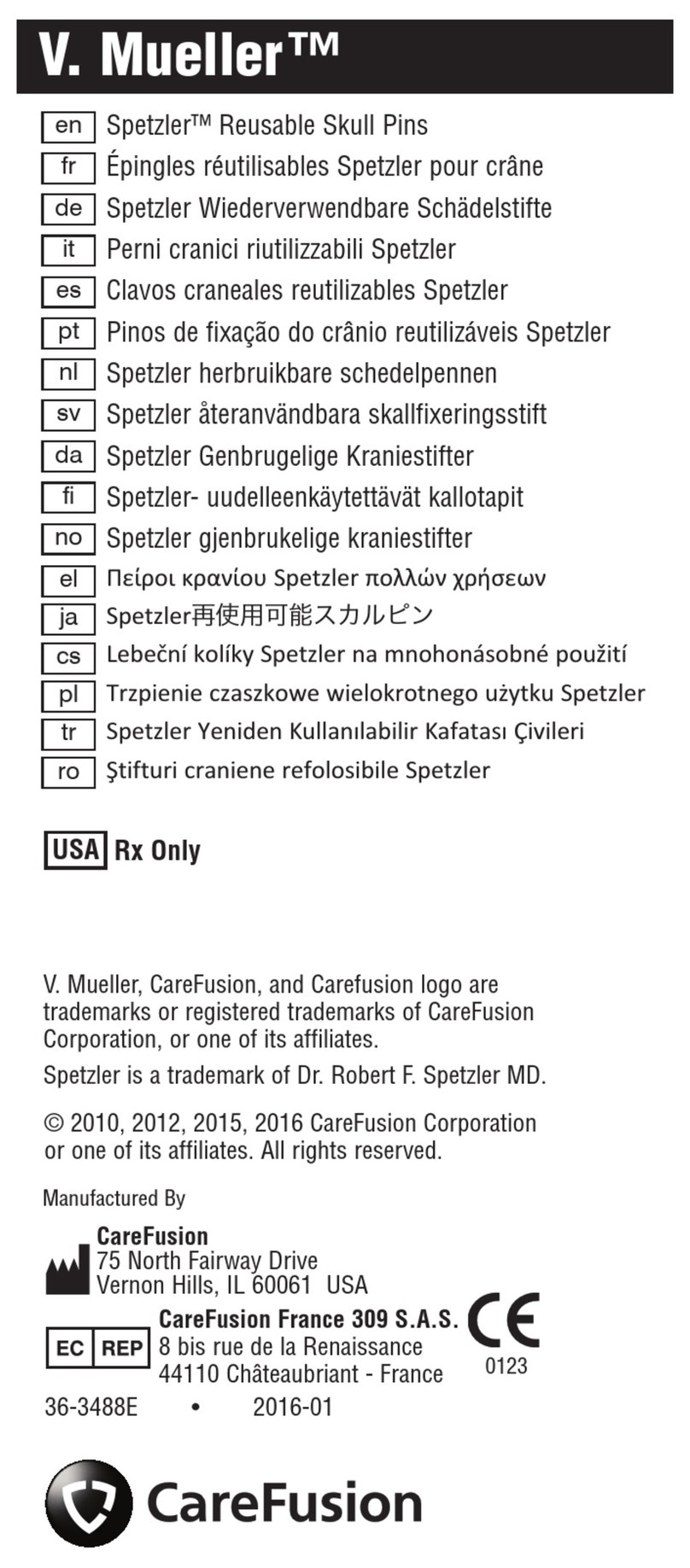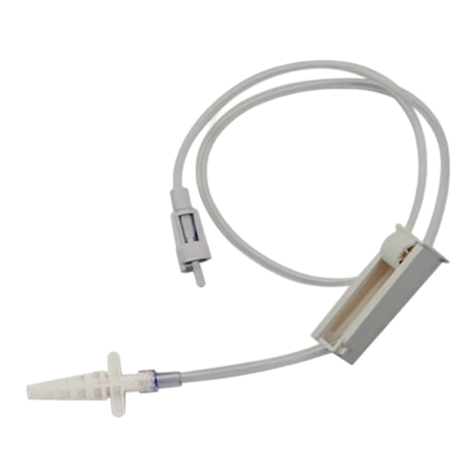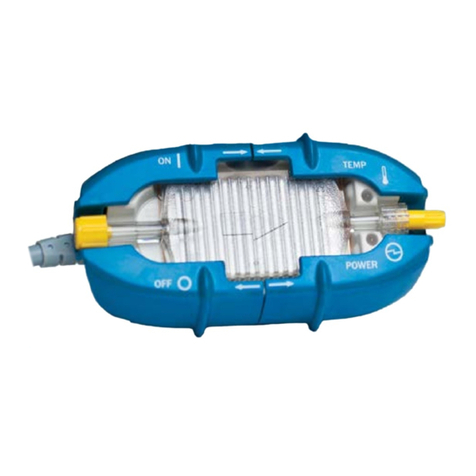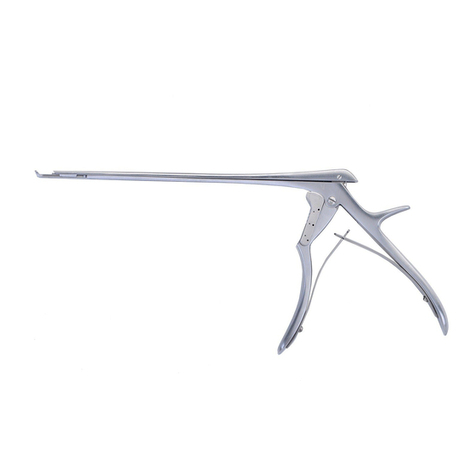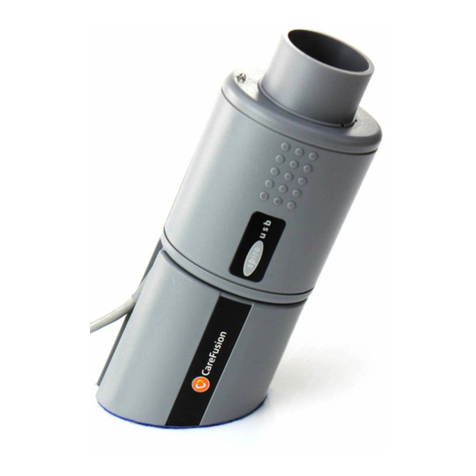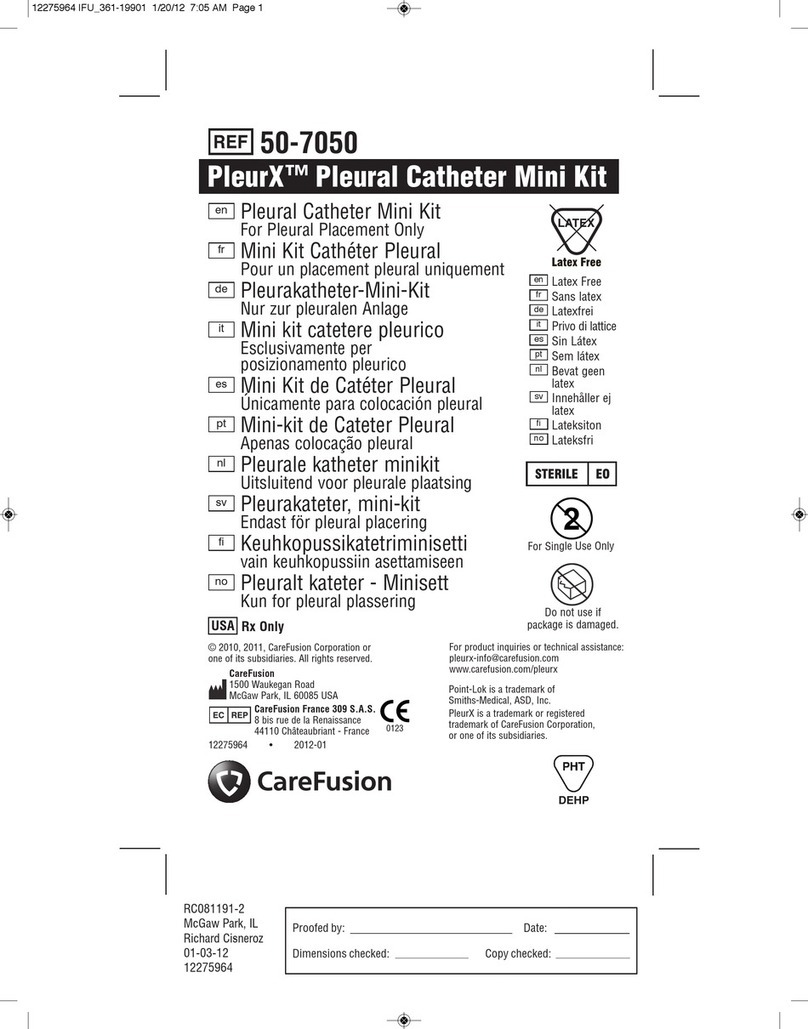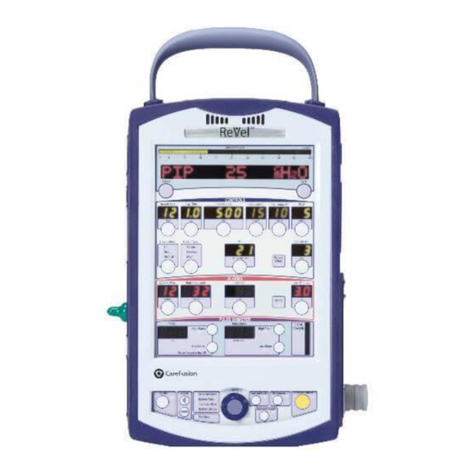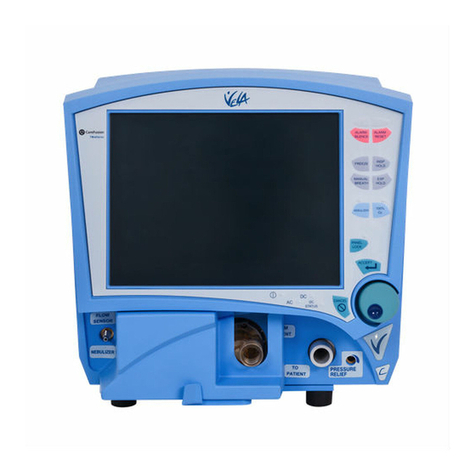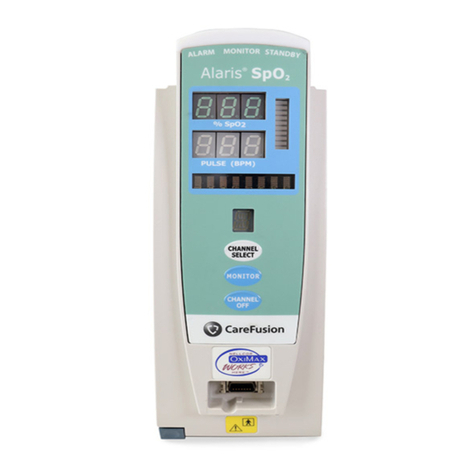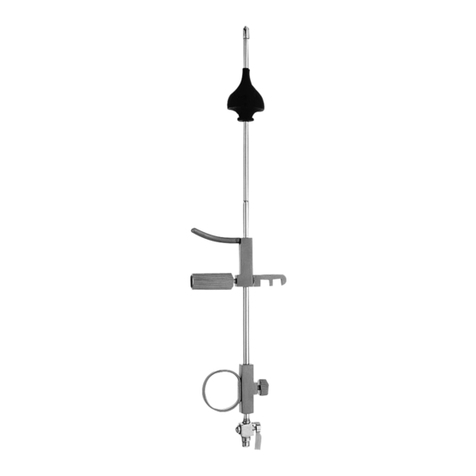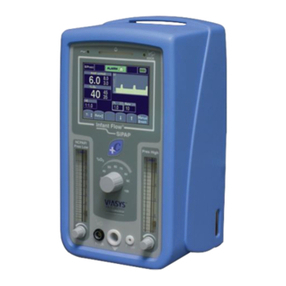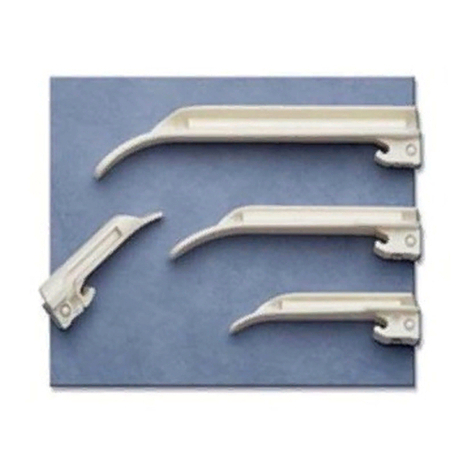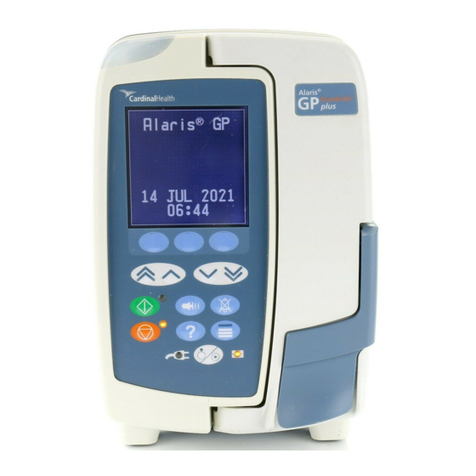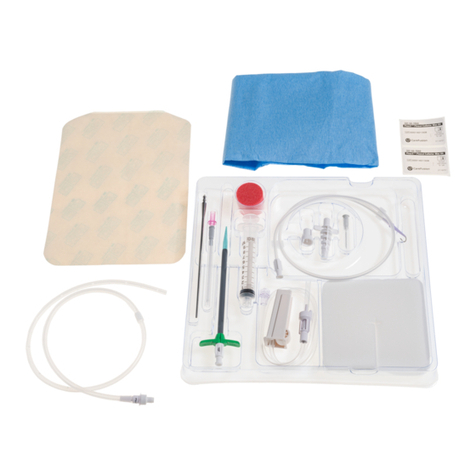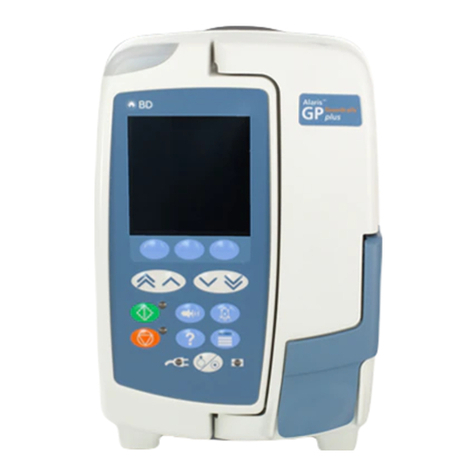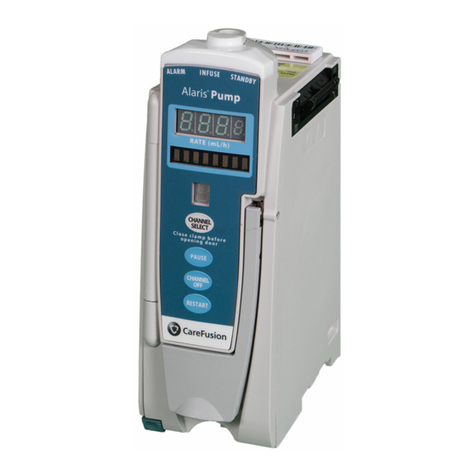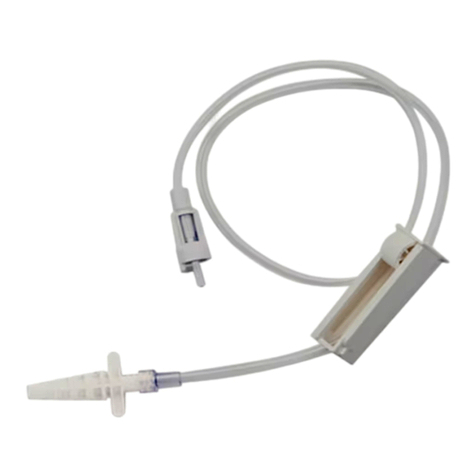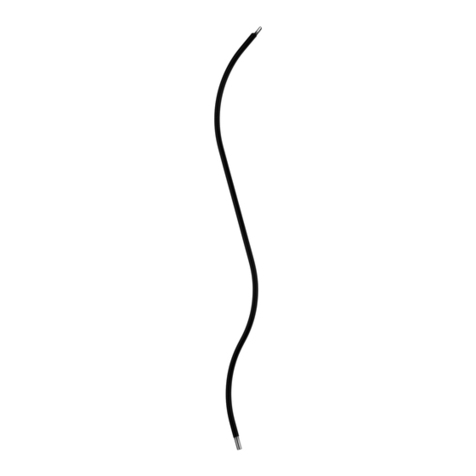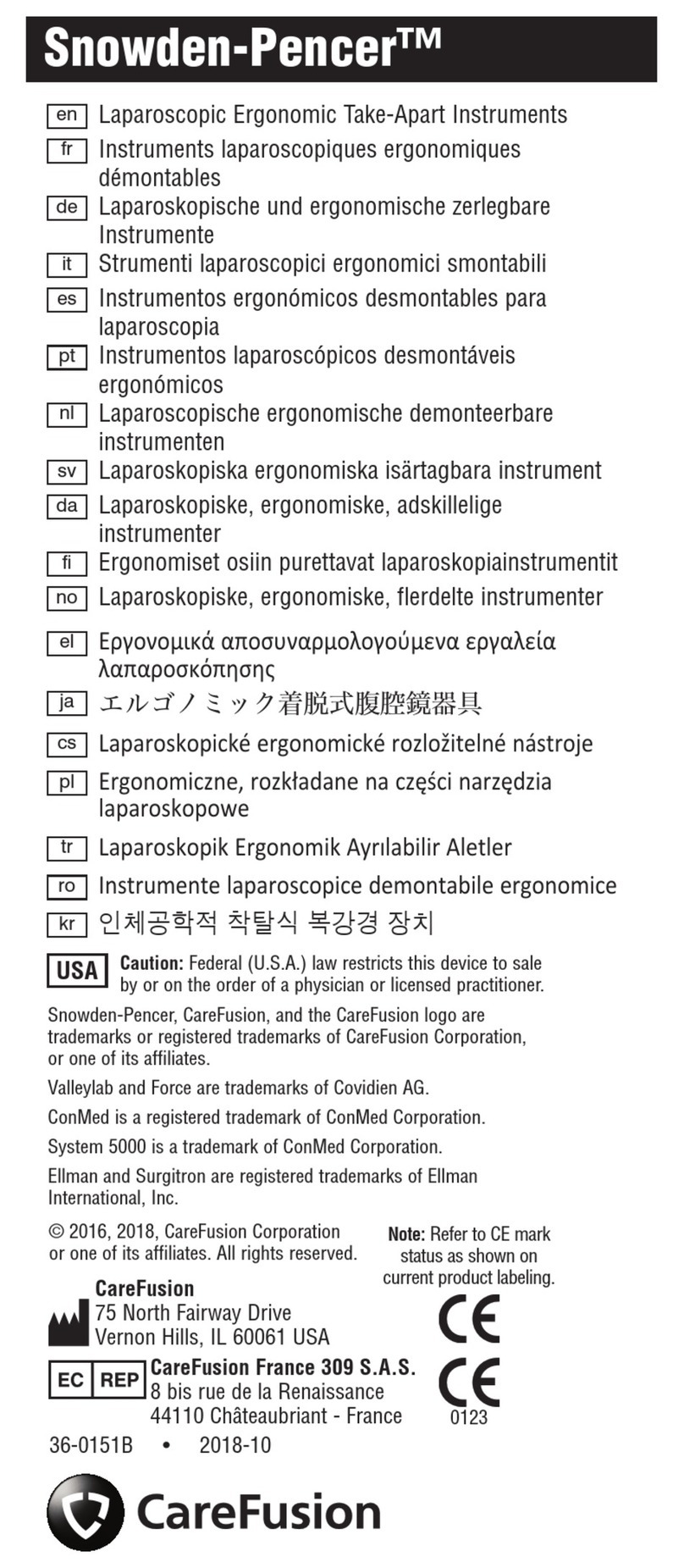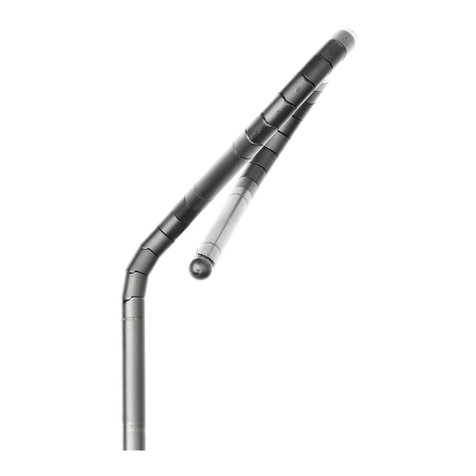
4
Proofed by: Date:
Dimensions checked: Copy checked:
18.Insert the fenestrated end of the catheter into the
sheath advancing it until all the fenestrations are
within the pleural cavity. This can be verified
under fluoroscopy as fenestrations are located
along the barium sulfate stripe.
19.Peel away the sheath while ensuring the catheter
remains in place. Adjust the catheter so that it
lies flat in the tunnel without any kinks.
Caution: Do not use forceps on the introducer to
break the handle and/or peel the sheath.
20.Close the incision at the guidewire insertion site.
21.Close the incision site around the catheter and
suture the catheter to the skin taking care not to
restrict the diameter of the catheter. This suture
is intended to remain in place at least until there
is tissue ingrowth around the cuff. Refer to
Addendum for additional product information.
Caution: Exercise care when placing ligatures to
avoid cutting or occluding the catheter.
Drainage Procedure
The drainage procedure can be performed using:
a) PleurX Vacuum Bottle(s)
b) PleurX Lockable Drainage Line with other
vacuum bottle(s) or
c) Wall Suction
If using PleurX Vacuum Bottle(s), refer to PleurX
Drainage Kit Instructions for Use to perform the
drainage procedure.
Caution: Re-expansion pulmonary edema may occur
if too much fluid is removed too rapidly. Therefore, it
is recommended to limit the initial drainage to no
more than 1,500 ml. The volume of pleural fluid
removed should be based on the patient's individual
status.
1. Clamp the drainage line completely closed using
the pinch clamp found on the tubing.
See Diagram (6)
Caution: The pinch clamp must be fully closed to
occlude the drainage line. When not connected to a
suction source, make sure the pinch clamp is fully
closed. Otherwise the drainage line may allow air
into the body or let fluid leak out.
Caution: When connecting to a vacuum bottle, make
sure the pinch clamp on the drainage line is fully
closed. Otherwise, it is possible for some or all of
the vacuum in the bottle to be lost.
2. If using wall suction, attach the 5-in-1 adapter to
the Luer fitting on the drainage line. If using a
vacuum bottle other than PleurX, attach a 17 Ga.
needle to the Luer fitting on the drainage line.
Caution: When draining with glass vacuum bottles,
do not use a needle larger than 17 Ga. If wall suction
is used, it must be regulated to no greater than
(-)60 cm 2O.
3. Connect the drainage line to the vacuum/suction
source.
4. old the drainage line near the lockable access
tip and remove the protective cover by twisting it
and gently pulling. Take care to avoid contaminating
the lockable access tip. See Diagram (7)
Caution: Keep the valve on the PleurX Catheter and
the lockable access tip on the drainage line clean.
Keep them away from other objects to help avoid
contamination.
5. Continue holding the catheter near the valve.
Carefully insert the lockable access tip into the
catheter valve and advance it completely into the
valve. You will feel and hear a click when the
lockable access tip and valve are securely
connected. See Diagram (8)
Caution: Make sure that the valve and the lockable
access tip are securely connected when draining. If
they are accidentally separated, they may become
contaminated. If this occurs, clean the valve with an
alcohol pad and use a new drainage set to avoid
potential contamination.
6. If desired, lock the access tip to the catheter
valve by twisting the access tip until you feel and
hear a second click. See Diagram (9)
Caution: Precautions should be taken to ensure the
drainage line is not tugged or pulled.
7. Release the pinch clamp on the drainage line to
begin drainage. You can reduce the flow rate by
squeezing the clamp partially closed.
See Diagram (10)
Caution: It is normal for the patient to feel some
discomfort or pain when draining fluid. If discomfort
or pain is experienced when draining, clamp the
drainage line to slow or stop the flow of fluid for a
few minutes. Pain may be an indication of infection.
Caution: Potential complications of access and
drainage of the pleural cavity include, but may not
be limited to, the following: re-expansion pulmonary
edema, pneumothorax, laceration of the lung or liver,
hypotension/circulatory collapse, wound infection,
empyema and infection in the pleural cavity.
8. If you need to change to a new vacuum bottle or
suction source for any reason, squeeze the pinch
clamp on the drainage line completely closed.
Remove the drainage line from the
vacuum/suction source and connect to a new
vacuum bottle or suction source. Release the
pinch clamp to resume draining.
9. When flow stops or the desired amount of fluid
has been removed, squeeze the pinch clamp on
the drainage line completely closed.
See Diagram (6)
10.If locked, twist the lockable access tip to unlock
it from the catheter valve. See Diagram (11)
RC041264
McGaw Park, IL
Richard Cisneroz
04-05-12
361-26801


